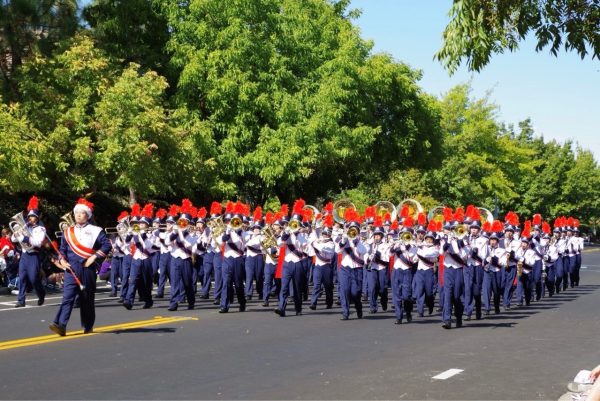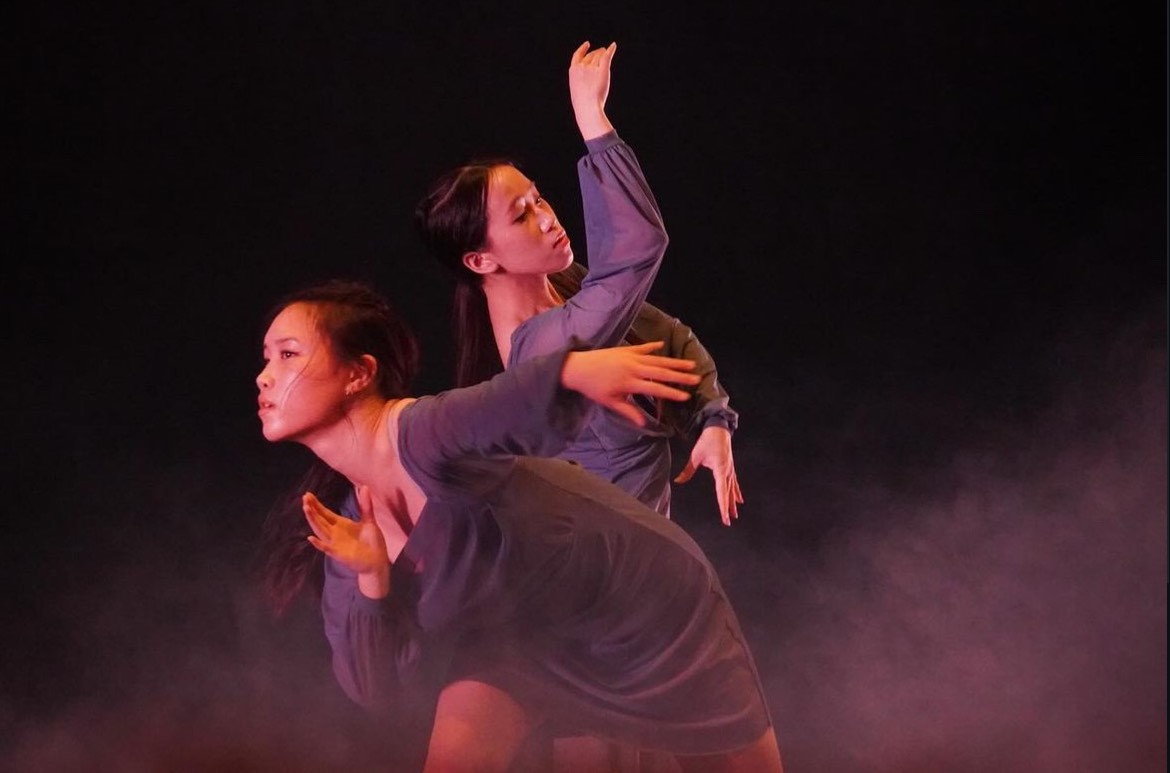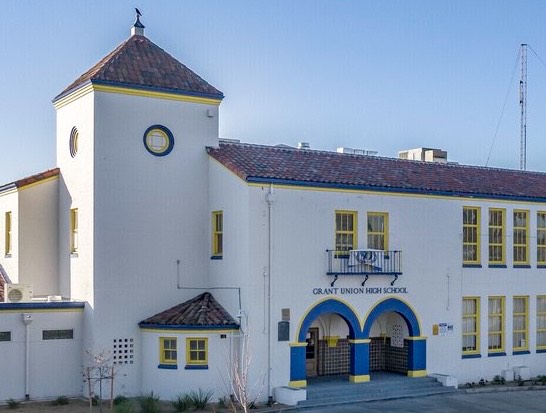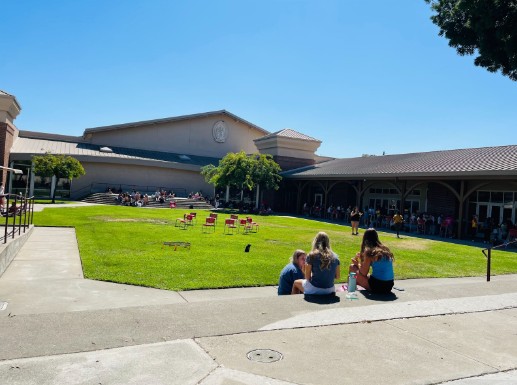In 2022, nearly seven million California voters approved Proposition 28: The Arts and Music in Schools Funding Guarantee and Accountability Act. The proposition provides around $800 million to $1 billion worth of annual funding to PK-12 and charter schools as long as they are state-funded to “supplement arts education programs.”
Despite all of this, many arts educators say they do not receive enough support from the state of California to sustain the work they do. A big reason for this is that Proposition 28 primarily benefits newly hired arts teachers, but established arts teachers only receive an extremely small cut of what Proposition 28 provides.
“Although public school districts – especially the EGUSD – try their best to provide comprehensive funding for the arts, schools still have to rely on school booster programs and fundraisers to cover many of the costs,” said Mike Mangonon, an arts education curriculum specialist in the Elk Grove Unified School District.
“We’re only stuck with like a little bit that we (arts teachers) can actually use from (Prop. 28),” said Gabriel Carpenter, the assistant music director at Cosumnes Oaks High School. “It looks like a lot of money on the surface, but if you look into the details, 80 percent of it has to be used on hiring teachers, but all of our spots are filled.”
Charles “C.J.” DeAngelus, the Sacramento City Unified School District visual and performing arts coordinator, said the SCUSD had benefited significantly from Prop. 28 in the last three years, with lots of growth with the district’s arts programs – including the hiring of several new arts teachers at schools across the district. However, DeAngelus said, the state of California needs to place more importance on arts education, since the funding from Proposition 28 isn’t sufficient to cover a vast majority of actual program costs such as training, supplies and materials.
Considering that California has the largest arts economy in the world, whether it be from the music, film or art industries, there is a “vast amount of untapped youth who could be involved in the arts, and (California) hasn’t built on that,” said DeAngelus.
Because the vast majority of the funds go towards hiring new teachers, this could mean not enough funding to support students participating in the arts for free.
“It definitely doesn’t cover getting instruments for every kid, so there is an equity aspect that’s not necessarily filled,” Carpenter said. “So we kind of have to prioritize getting big instruments. (The money is) gonna be taken up mostly for just one instrument, which forces us to ask students to rent out instruments, and ideally, in a perfect world, we could have all the instruments for every kid but based on our funding, we can’t really do that.”
California Education Code Sections 51210, 51220, and 51225.3 mandate that all students in grades 1 to 6 “shall receive instruction in visual and performing arts,” all students grades 7 to 12 “shall have access to courses in visual and performing arts,” and all high school graduates must have one year of visual and performing arts credit. These mandates have been long-standing in California’s Education Code as early as 1976 with the implementation of Section 51220.
Despite this, schools often fall short – especially at the elementary school level.

Cosumnes Oaks High School Wolfpack Marching Band and Color Guard at 2024 Franklin Band Review. By Nam Tran
“I think where the emphasis should be placed more is in the elementary level,” said Cosumnes Oaks head music director Bryan Mah. “The fact that we don’t have really daytime elementary music, it’s really rare for districts. Most other districts in the country, the state, the area, have music programs where students during the day can learn about general music.”
Several studies have found various benefits of having an arts-rich education in youth. The report “College-Bound Seniors,” published by the College Board, found that students who took arts and music classes averaged almost 100 points better on the SAT than their peers who only took one-half year or less worth of arts and music classes.
In addition to that, researchers have found that providing an artistic outlet for students to participate in helps students stay in school. James Catterall, a UCLA professor of education who focused on the cognitive effects of music and the arts on education, conducted a study on the effects of VAPA on the achievements and values of young adults. He found that students of a low socioeconomic status who attended “arts-rich” high schools had a dropout rate of 4%, which was five times lower than their peers of similar socioeconomic status who attended an “arts-poor” high school, and they had more consistent attendance at school.
Catterall also found that students of a low socioeconomic status that attended an “arts-rich” high school were more likely than their peers of similar economic status who attended an “arts-poor” high school, to earn a bachelor’s degree, an associate’s degree and obtain gainful employment. They were even found to have had higher rates of volunteerism and political participation, such as voting in national, state, or local elections.
Results of studies administered over the past few decades back up this on a cognitive scale, too. Rice University conducted a study in 2019 that tracked more than 10,000 students in Texas who participated in arts courses, and it found that they performed better on state writing tests, were better behaved, had more compassion for their peers and were more engaged in school.

Many arts educators and students are left disappointed with the amount of money left for arts programs in schools. So, what can people do to bridge these financial gaps in arts education?
“The best thing you can do is to respectfully ask questions and advocate for the arts, especially to school board members,” Mangonon said. “It’s also extremely important to be in the know about education policies and get informed about the legislature surrounding the arts.”
“The most important voices are student voices,” Mangonon said. “The more students share what they want, the more they can influence change, whether it be school-wide, district-wide, or even state-wide.”









